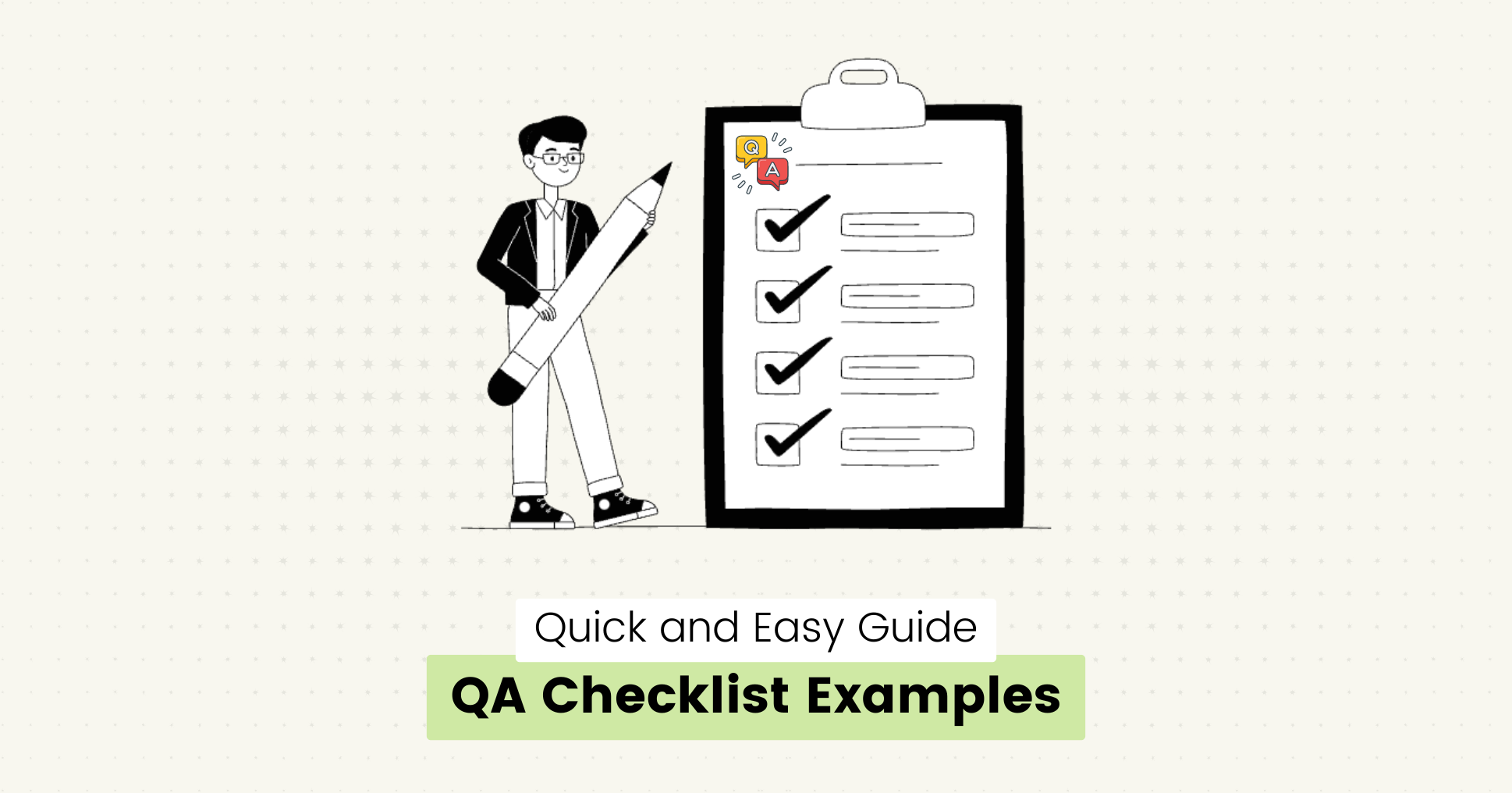Over the years, Quality Assurance (QA) has become essential to software development, ensuring that products meet the required standards and specifications.
In the dynamic world of technology, QA Engineers and Developers play a critical role in guaranteeing the quality and functionality of software applications.
To assist in this process, having a comprehensive QA checklist can significantly improve the efficiency and effectiveness of the testing process.
Even the most experienced QA engineers and developers can benefit from using QA checklists for comprehensive testing coverage.
These checklists serve as a roadmap to guide you through the various testing scenarios and help maintain consistency in your QA processes.
What is a QA Checklist?
A QA checklist is a predefined list of steps and criteria that need to be followed and verified during testing.
During the testing phase, it serves as a reference point to ensure a complete evaluation of all aspects of the software without missing any critical steps.
QA Checklist should include items such as:
- Functional and Regression Testing
- Compatibility Testing
- Performance and Accessibility
- Security
- Usability testing
- User acceptance testing
QA Checklist Examples:
Giving you different examples so that you can get a clear idea:
User Interface (UI) Testing
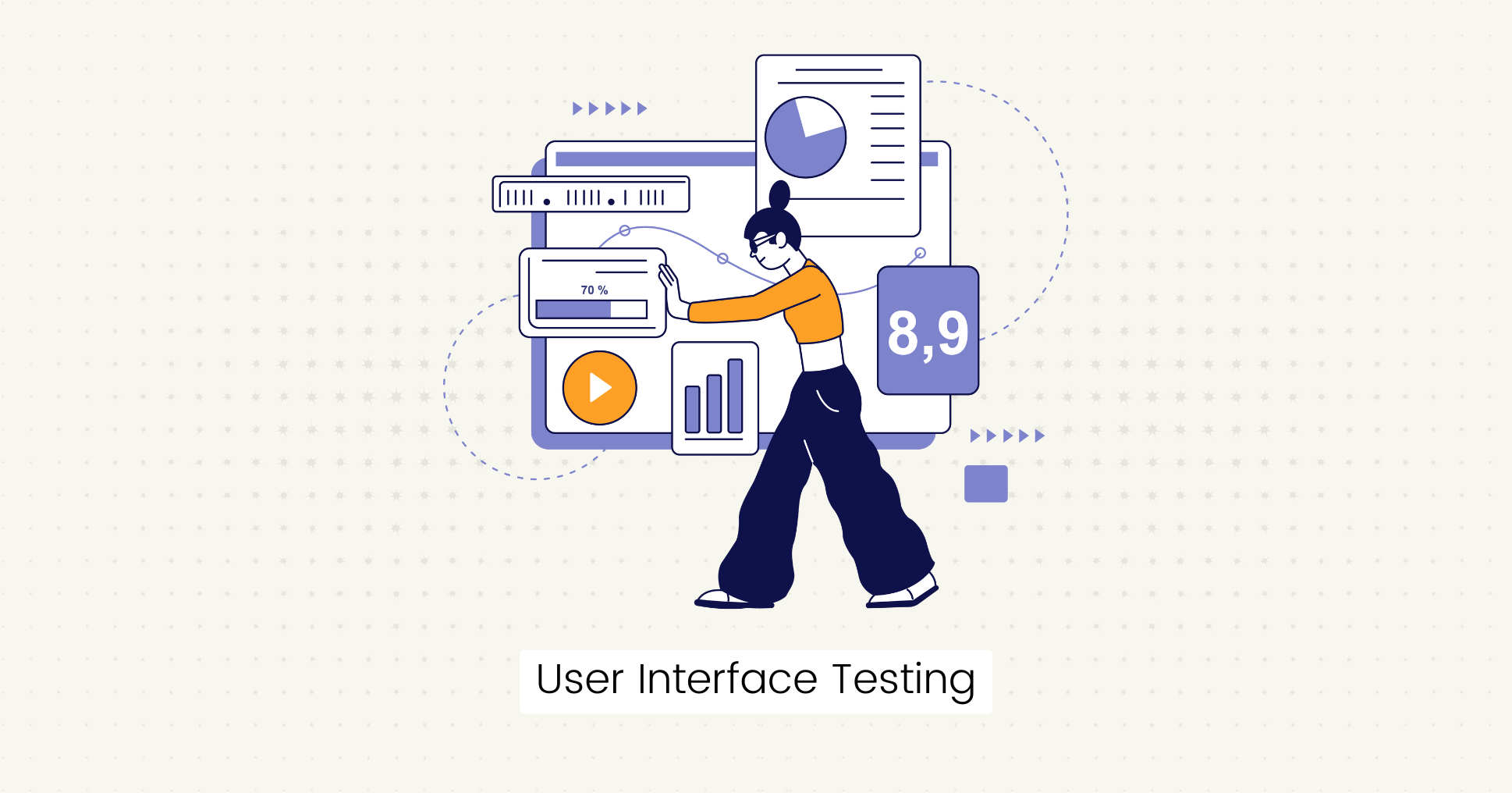
The user interface is the bridge between your software and its users. Ensuring a smooth, intuitive, and error-free UI is essential.
- Consistency Across Screens: Check for consistency across screens' design elements, such as fonts, colors, and button styles.
- Responsive Design: Verify that the UI adjusts appropriately for different screen sizes and resolutions.
- Navigation Flow: Test the navigation flow to avoid dead ends or loops.
- Error Messages: Ensure that error messages are clear and guide the user through fixing the issue.
- Accessibility: Confirm that the UI is accessible to users with disabilities, adhering to accessibility standards like WCAG.
Tip: You can use Lost Pixel to automate the entire process of UI regression testing in a few minutes.
Website Development Checklist

Before launching a website, it's crucial to make it free from errors, user-friendly, and perform well across all devices. A QA checklist for website development might include:
- Check Spelling and Grammar: Make sure there are no spelling or grammatical errors on any page.
- Test Links: Every link on the website should be tested to confirm that it is functional and leads to the correct destination, enhancing user experience.
- Responsive Design: The website should be checked on various devices to make it user-friendly, regardless of screen size.
- Load Time: Website loading speed is critical for user satisfaction, so checking website speed is necessary.
- Contact Form Test: The functionality of contact forms should be verified by submitting a test entry, ensuring the process works smoothly and inquiries reach their destination.
Mobile App Checklist
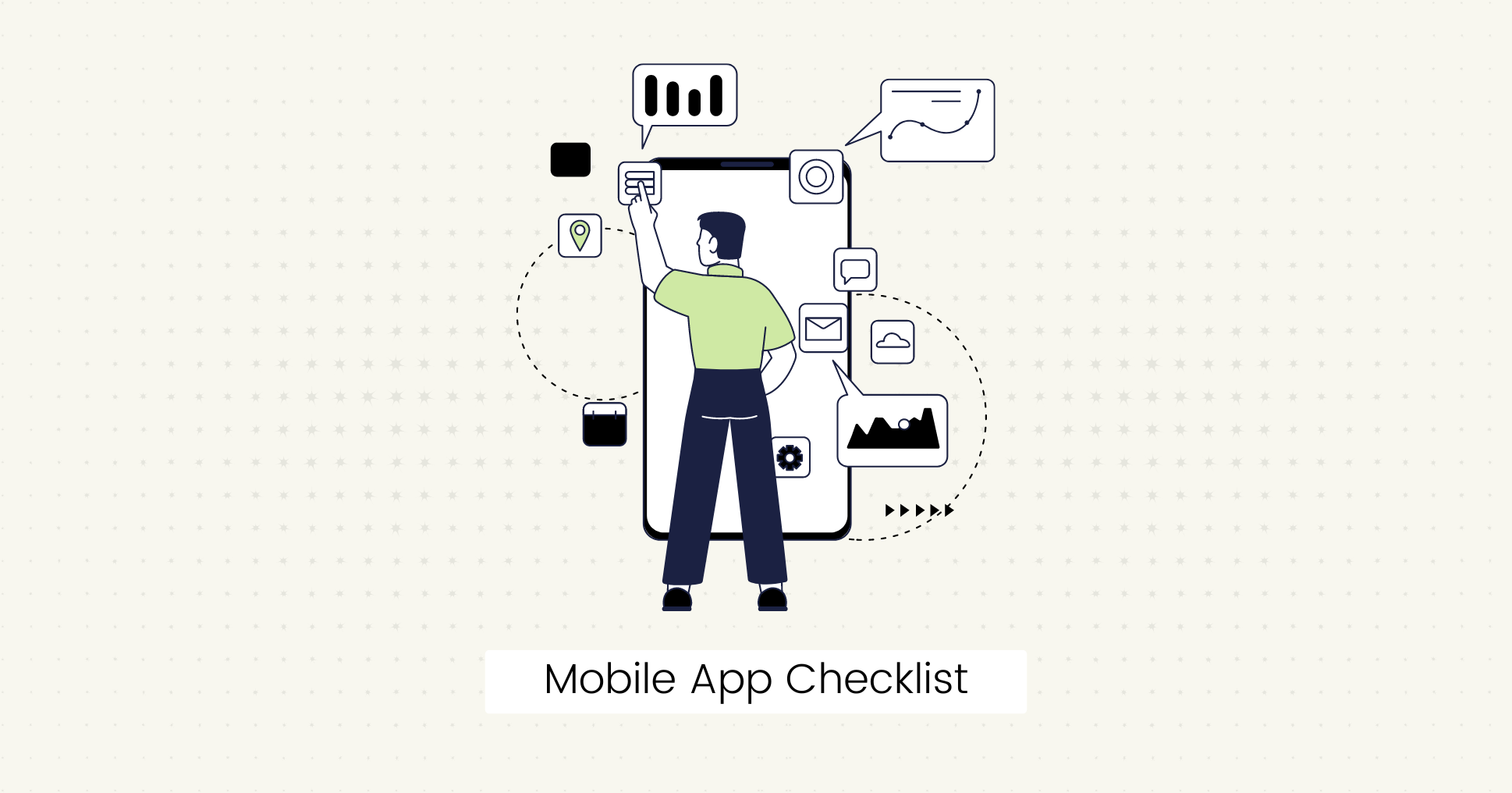
For mobile applications, ensuring a seamless user experience, functionality, and stability is key to success. A QA checklist for mobile apps can include:
- Installation: Check if the app installs smoothly without errors.
- User Registration: Try creating a new account to make sure the process is easy and works correctly.
- Functionality: Test all app features to ensure they do what they're supposed to do.
- Crash Test: Use the app intensely to see if it crashes under heavy use.
- Battery Use: Make sure the app doesn't drain the device's battery too quickly.
Code Review Checklist
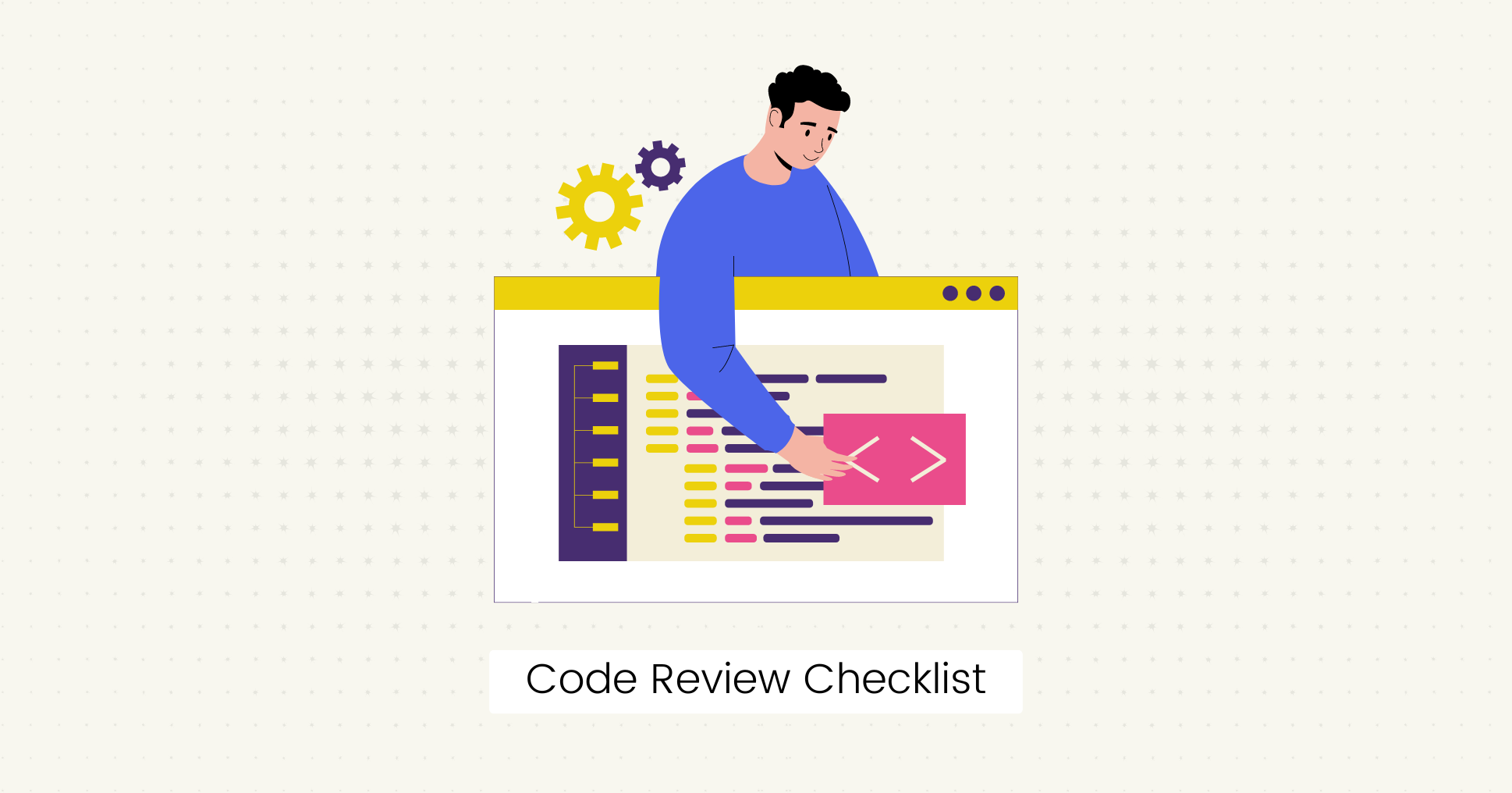
Before merging new code into the main codebase, detailed reviews are essential to maintain code quality and consistency.
- Coding Standards Compliance: Verify that the code follows the project's coding conventions and standards for readability and maintenance.
- Error Handling: Check that the code handles errors and exceptions gracefully, providing clear error messages where applicable.
- Performance Considerations: Ensure the new code does not introduce performance issues or significantly slow down the application.
- Security Vulnerabilities: Review the code for potential security vulnerabilities, such as SQL injection or cross-site scripting (XSS).
- Unit Testing: Confirm that unit tests cover the new code changes and that all tests pass successfully.
Performance Testing Checklist
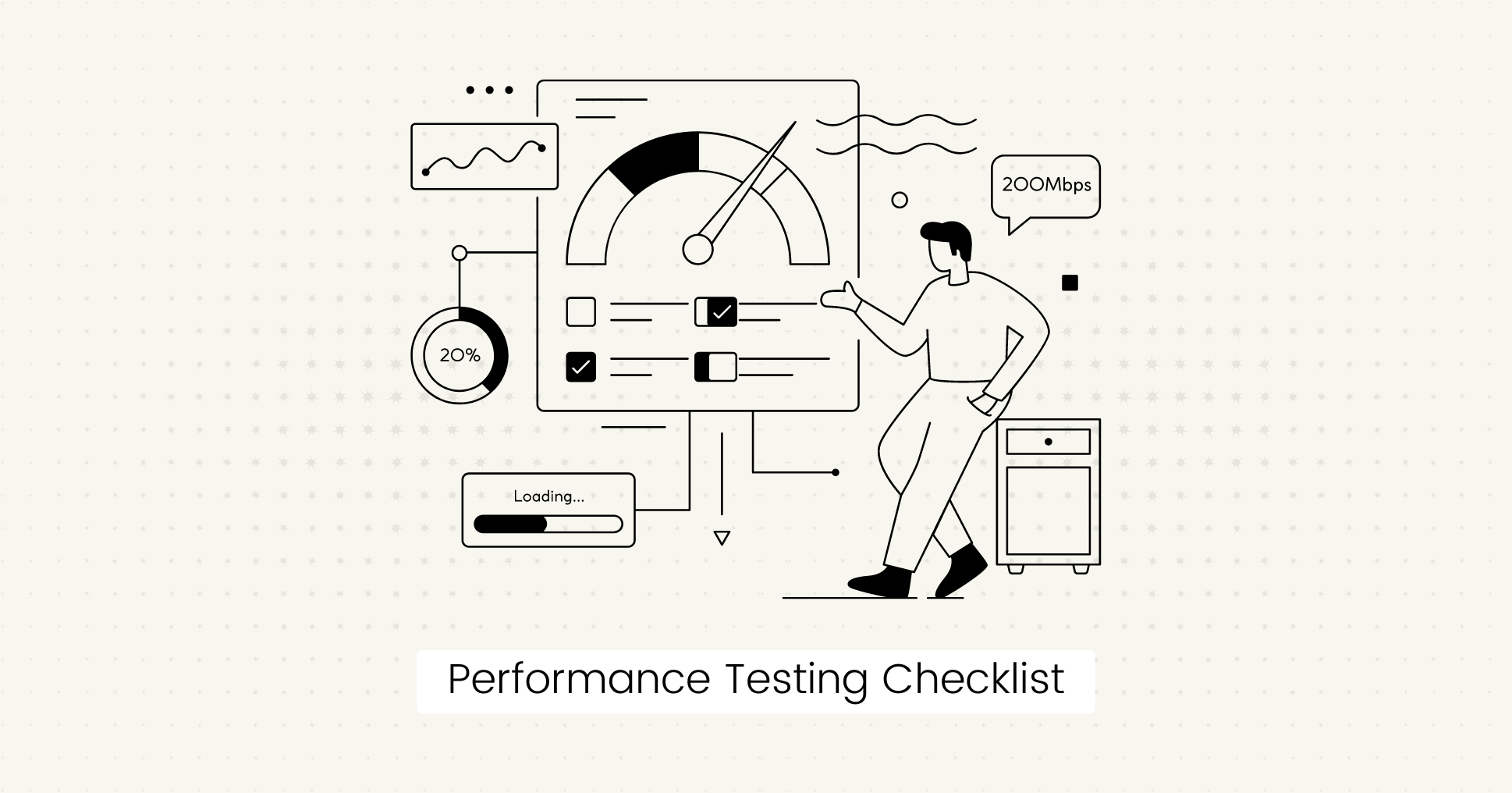
Performance testing is crucial to confirm that the software can handle high loads, doesn't lag, and offers a smooth user experience.
- Load Time: Measure how long it takes for the application to start and for screens to load under normal conditions.
- Stress Testing: Determine the maximum capacity of the application by gradually increasing the load until it becomes unresponsive. You can use different load testing tools to automate this process.
- Concurrency Testing: Test how the system performs when multiple users access or perform operations simultaneously.
- Memory Leaks: Monitor the application for memory leaks that could lead to degraded performance over time.
- Database Performance: Check database queries for efficiency and speed, ensuring they do not become bottlenecks.
Security Testing Checklist
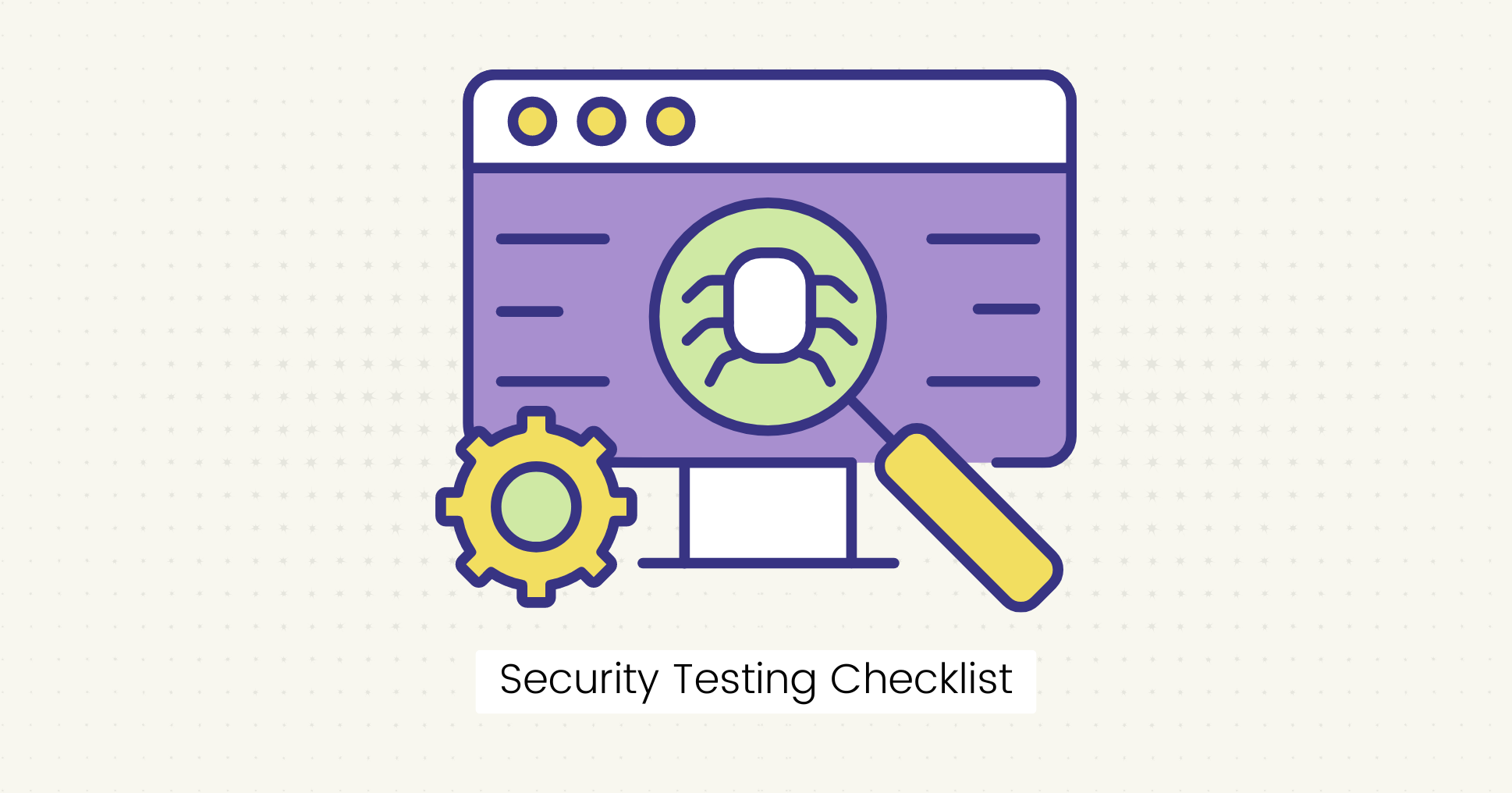
Security is important in protecting sensitive data and maintaining user trust. A comprehensive security assessment is non-negotiable.
- Authentication and Authorization Tests: Verify that system access controls work as expected, preventing unauthorized access.
- Input Validation: Test for vulnerabilities by inputting unexpected or malicious data into forms and URL parameters.
- Encryption: Confirm that sensitive data is encrypted in transit and at rest.
- Dependency Scanning: Check third-party libraries and dependencies for known security vulnerabilities.
- Penetration Testing: Simulate cyber attacks on the application to identify potential security breaches.
Usability Testing Checklist

Usability testing focuses on the end user's experience, aiming to make the software intuitive and easy to use.
- User Feedback: Collect and analyze user feedback regarding the application's usability.
- Task Completion Success Rate: Measure the success rate of completing common tasks without confusion or errors.
- Learning Curve: Evaluate how easily new users can learn to navigate and use the application effectively.
- User Satisfaction: Develop overall user satisfaction through surveys or direct feedback mechanisms.
- Consistency with User Expectations: Ensure that the application behaves in a way that meets or exceeds user expectations regarding functionality and performance.
API Testing Checklist
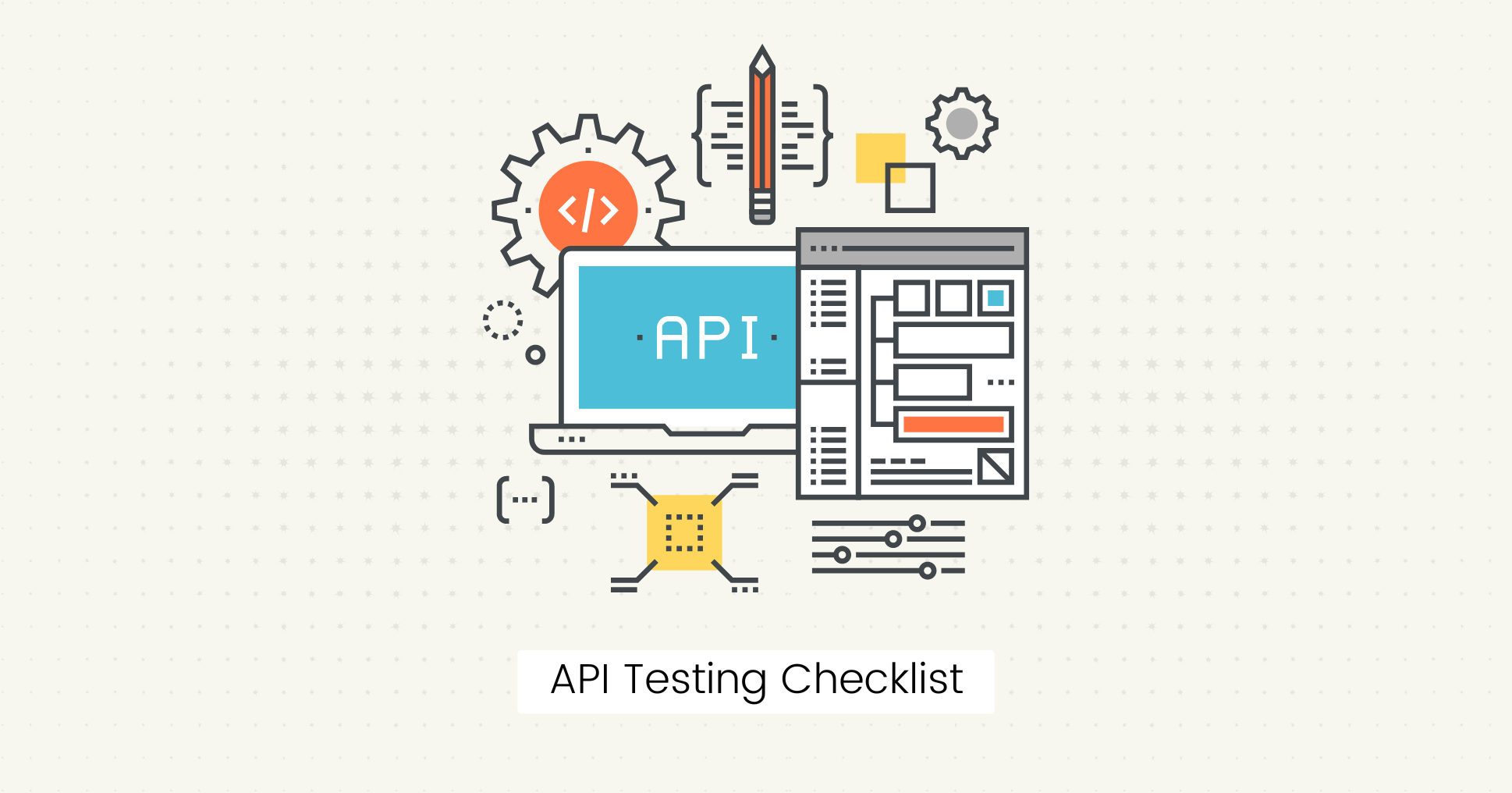
APIs (Application Programming Interfaces) are critical for integrating different software systems. Proper testing ensures reliable communication and data exchange.
- Endpoint Validation: Confirm that all API endpoints respond correctly to valid and invalid requests.
- Data Accuracy: Test for the correctness of data returned by the API, ensuring it matches expected values.
- HTTP Status Codes: Check that the API returns appropriate HTTP status codes for various scenarios (e.g., 200 OK, 404 Not Found).
- Security: Verify API security measures, including authentication, authorization, and data encryption.
- Rate Limiting: Confirm that the API enforces rate limiting correctly to prevent abuse.
Final Words:
A QA checklist is a vital tool for QA engineers and developers to ensure that all aspects of the software development process are thoroughly checked and tested.
Following the examples in this guide, you can create a QA checklist for your specific project requirements.
Remember to continuously update and improve your checklist to adapt to new technologies and challenges in the fast-paced world of software development.
By systematically following a well-structured QA checklist, you can significantly improve the quality and reliability of your software products.
FAQs:
Can QA Checklists Replace Formal Testing Methods?
No, QA checklists cannot replace formal testing methods. They can complement them by providing coverage of basic requirements but lack the depth of formal testing.
How can a QA checklist improve the efficiency and accuracy of a project?
A QA checklist boosts project efficiency and accuracy by providing a structured testing approach that covers all necessary test cases. It also promotes collaboration and accountability, leading to better quality assurance.

About Dima Ivashchuk
Hey, I'm - Dima the co-founder of Lost Pixel. I like modern frontends, building stuff on the internet, and educating others. I am committed to building the best open-source visual regression testing platform!
